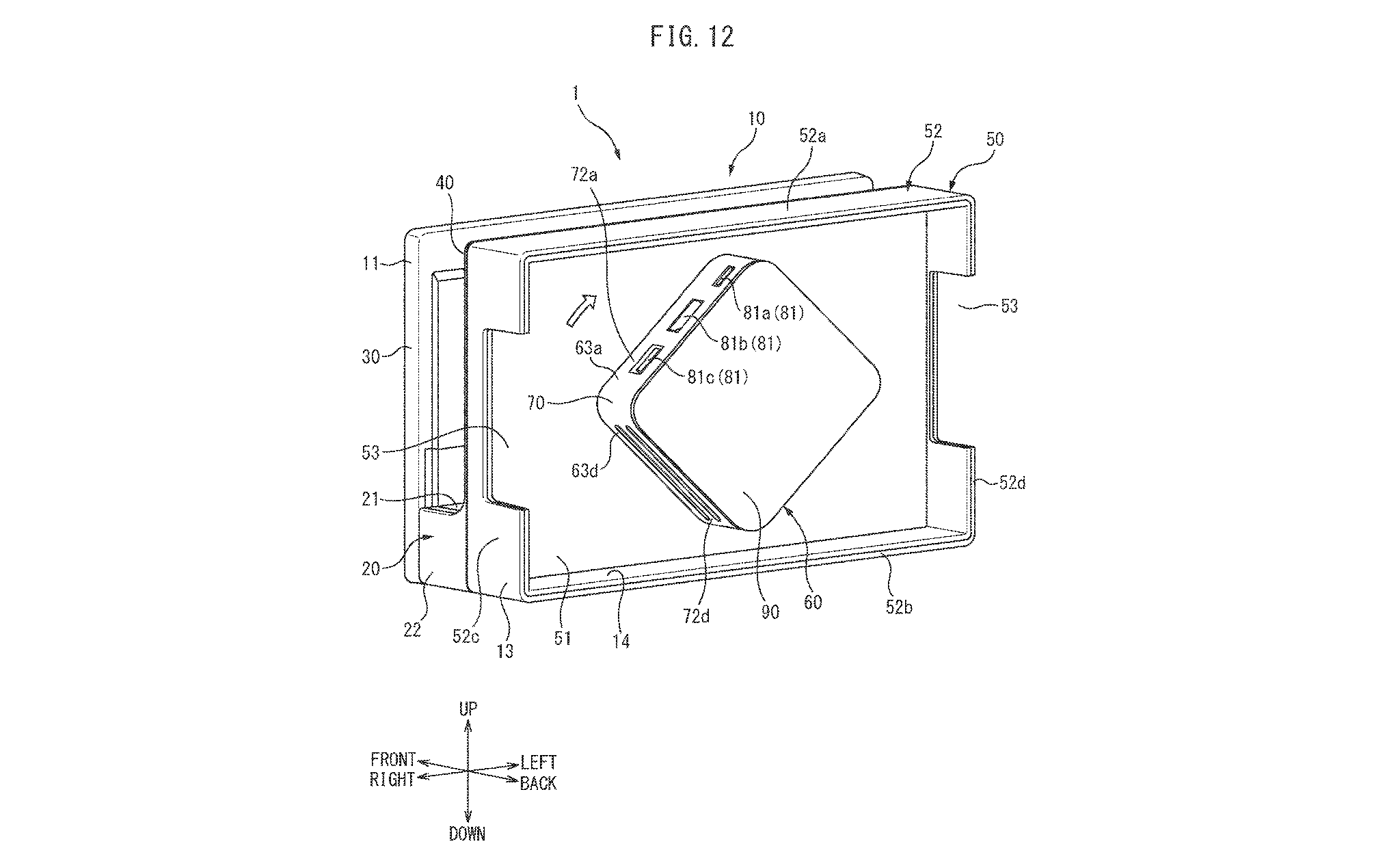ReddDreadtheLead
#TeamLate2025WithAPotentialForEarly2026
- Pronouns
- He/Him
RT cores are supposed to execute physics and mathematical calculations very efficiently and quickly, and in the case of self-driving cars, utilizing physics for calculations is imperative to make sure it’s as safe as possible, along with the other features.Unless Nvidia has a use case for RT in self driving cars/ robotics/ AI, there is no reason to highlight the rt cores
Since this is more interesting than the conversation about screens (to me anyway), what we can gather is that Drake seems like it’s a hybrid layout/architecture of Ampere and Lovelace. Of course, the difference between the two isn’t a world of difference, but the amount of RT cores present in Drake lines up with Ampere (1 per SM), however the Cache setup and the number of SMs per GPC seems to line up with Lovelace.



